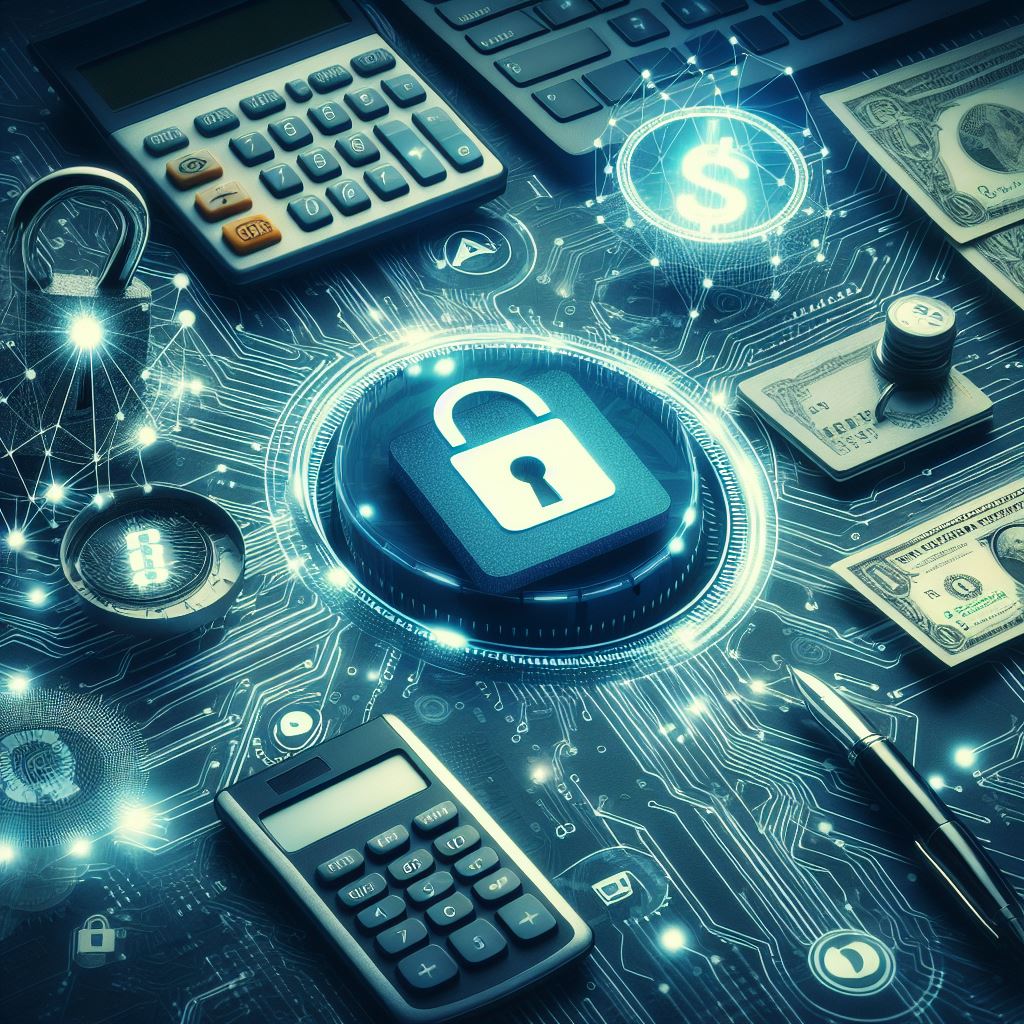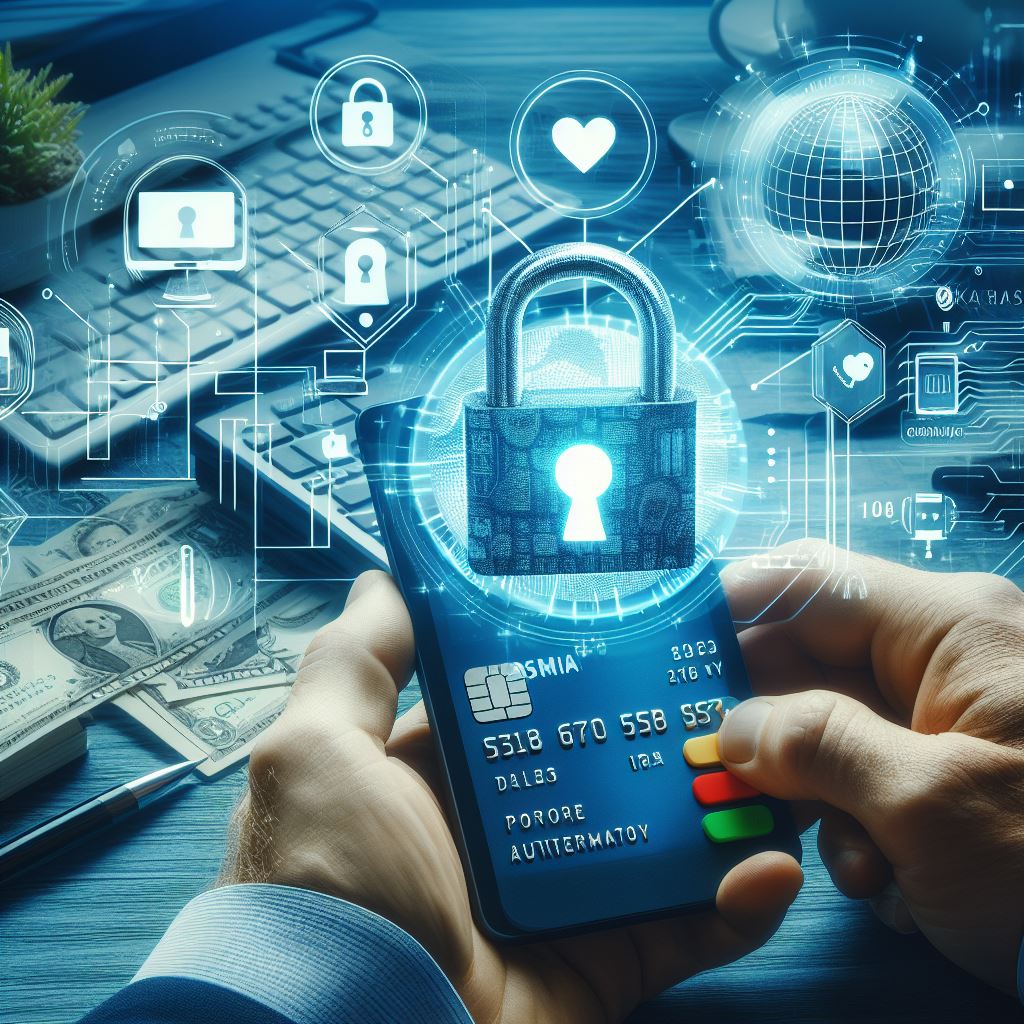Introduction:
In today’s digital era, online transactions have become ubiquitous, making payment security a top priority. This article delves into various methods and technologies used to ensure the safety of online payments. From encryption to two-factor authentication and transaction monitoring, we’ll explore each aspect thoroughly to empower you with the knowledge needed to secure your financial transactions online.

Ensuring Payment Security in the Digital Age: A Comprehensive Analysis
This section serves as an overview of the entire article, summarizing the key methods of ensuring payment security in the digital realm.
Understanding Encryption:
Encryption forms the foundation of secure online transactions. It involves converting sensitive data into a coded format that only authorized parties can decipher. Advanced encryption algorithms such as AES (Advanced Encryption Standard) and RSA (Rivest-Shamir-Adleman) are widely used to protect financial information during transmission over the internet.
Exploring Two-Factor Authentication (2FA):
Two-factor authentication adds an extra layer of security by requiring users to provide two forms of identification before accessing their accounts. This typically involves something the user knows (like a password) and something they possess (like a smartphone or token). By integrating 2FA into payment processes, businesses can significantly reduce the risk of unauthorized access and fraudulent transactions.
The Significance of Transaction Monitoring:
Transaction monitoring involves real-time surveillance of financial transactions to detect and prevent fraudulent activities. Advanced algorithms analyze various parameters such as transaction amount, frequency, and location to identify suspicious patterns. By closely monitoring transactions, financial institutions and businesses can proactively mitigate risks and protect their customers from fraud.
Enhancing Security Measures with Biometric Authentication:
Biometric authentication leverages unique biological traits such as fingerprints, facial features, or iris patterns to verify the identity of users. Unlike traditional authentication methods like passwords or PINs, biometric data is inherently more secure as it is difficult to replicate or steal. Integrating biometric authentication into payment systems adds an extra layer of protection against unauthorized access and identity theft.
Addressing Vulnerabilities in Mobile Payments:
Mobile payment technologies have gained widespread popularity due to their convenience, but they also present unique security challenges. This section examines the vulnerabilities associated with mobile payments, such as malware attacks, insecure Wi-Fi networks, and device theft. Implementing robust security measures, including device encryption and remote data wiping, is crucial to safeguarding mobile payment transactions.

Ensuring Compliance with Regulatory Standards:
In the ever-evolving landscape of payment security, compliance with regulatory standards is non-negotiable. This section discusses prominent regulatory frameworks such as PCI DSS (Payment Card Industry Data Security Standard) and GDPR (General Data Protection Regulation) and their implications for businesses handling online payments. Adhering to these standards not only protects consumers’ financial data but also helps businesses avoid hefty fines and reputational damage.
The Role of Artificial Intelligence (AI) in Fraud Prevention:
Artificial intelligence plays a pivotal role in fraud prevention by enabling organizations to analyze vast amounts of transaction data in real-time. AI-powered fraud detection systems can identify anomalous behavior and patterns indicative of fraudulent activity, allowing businesses to take immediate action to mitigate risks. Machine learning algorithms continuously adapt to new threats, making them indispensable tools in the fight against cybercrime.
Educating Consumers on Safe Payment Practices:
While businesses and financial institutions play a crucial role in ensuring payment security, educating consumers is equally important. This section emphasizes the importance of user awareness and provides practical tips for consumers to protect themselves against online payment fraud. From avoiding suspicious links and phishing emails to regularly monitoring account activity, empowering consumers with knowledge is key to fostering a safer digital payment ecosystem.
Frequently Asked Questions (FAQs):
- How does encryption protect online payments? Encryption scrambles sensitive data during transmission, making it unreadable to unauthorized parties. This ensures that even if intercepted, the data remains secure.
- What are the benefits of two-factor authentication for online payments? Two-factor authentication adds an extra layer of security by requiring users to provide multiple forms of identification, significantly reducing the risk of unauthorized access and fraud.
- How can businesses leverage biometric authentication to enhance payment security? Biometric authentication utilizes unique biological traits to verify the identity of users, offering a more secure alternative to traditional authentication methods like passwords or PINs.
- What regulatory standards govern payment security? Prominent regulatory frameworks such as PCI DSS and GDPR set guidelines for businesses handling online payments to ensure the protection of consumers’ financial data and privacy.
- What role does artificial intelligence play in fraud prevention? Artificial intelligence enables organizations to analyze vast amounts of transaction data in real-time, identifying patterns indicative of fraudulent activity and enabling proactive risk mitigation.
- How can consumers protect themselves against online payment fraud? Consumers can protect themselves by staying vigilant, avoiding suspicious links and emails, regularly monitoring account activity, and utilizing secure payment methods.
Conclusion:
In conclusion, ensuring the security of online payments requires a multifaceted approach that encompasses encryption, two-factor authentication, transaction monitoring, and user education. By implementing robust security measures and staying informed about emerging threats, businesses and consumers can navigate the digital landscape with confidence, knowing that their financial transactions are safeguarded against fraud and unauthorized access.

